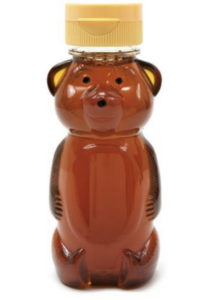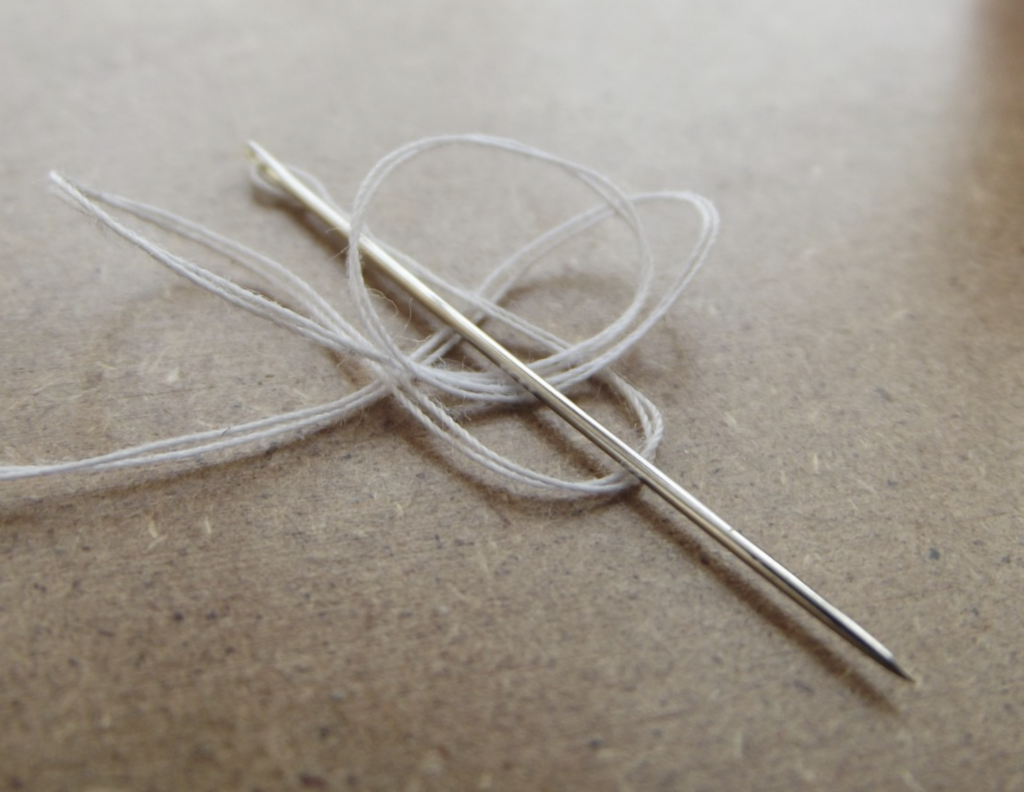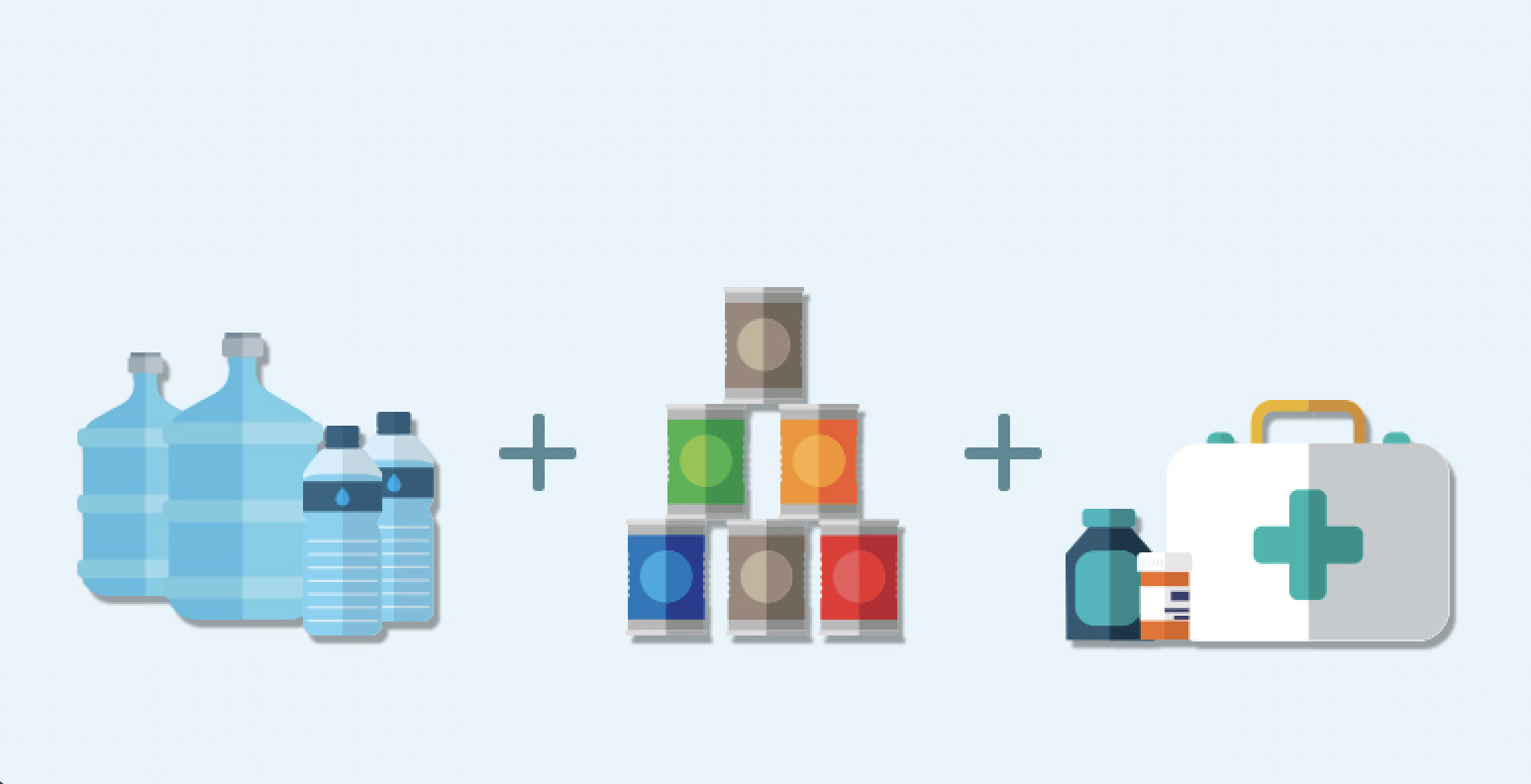Most wound-care guidance in the United States is premised on access to potable water. Even for first aid in outdoor settings, where there is no running water, the assumption is that people still have bottled water.
Like any other item being used for wound care, water doesn’t need to be sterile; it just needs to be clean. Medical-grade distilled water is safest, but if you don’t have that then you can boil it for 20 minutes, and if you don’t have a way to do that then the water you drink will do fine.
Prisons usually have running water, but whether it’s safe to drink is a different question. Bottled water often isn’t available as long as the tap water can still be passed off as “drinkable.” The only bottled water at my current facility, for instance, is flavored vitamin water. The sink faucets aren’t the kind with room under them. Hoses aren’t accessible to prisoners; too much like ropes.
The only accessible source of running water is the showers, which are only viable if the wound is not something that will prompt questions—either from other prisoners using the shower, or from the cops on the other side of the window into the shower. Using this space to wash an injury incurred while fighting, or using drugs or tattooing, will likely create more harm than it reduces.
Those injuries aren’t safe to bring to medical staff either, because while health care providers are often cops in the ideological sense, in prison they are also cops in a more literal sense. You may get some Neosporin, but you’ll also get reported to the security staff, who will be compelled to write an infraction. Depending on the facility, and the nature of the injury, this could be punishable by anything from segregation to transfer. Even if the injury doesn’t signal a potential infraction to medical staff, a physical examination might reveal something else that does.
Even for the injuries we’re allowed to have, a visit to medical costs money. Copays—$4, here in Washington State—can be charged as debt, but many would rather skip the visit to medical than add to the debt they’re already accumulating, and which will be the reason many land back in prison after release.
I’ve spent most of the past four decades in juvenile detention facilities, county jails or state prisons. Through trial and error, the following are what I’ve found most useful for providing wound care in the absence of running water, health care or money.

Saline
Before I learned that saline didn’t need to come from a regulated source, I’d buy either saline nasal spray or contact solution from commissary. This is expensive, and often capped in terms of how much you can buy per week or per month.
You can make your own saline wash with a ratio of 1 teaspoon table salt to 2 cups of whatever water you drink. Fill a pitcher and pour with the wound positioned over a trash can, or whatever pitcher- or trash can-like containers are accessible and will get the job done.
Leftover saline shouldn’t be stored, though if you happen to have access to a refrigerator it can be kept there for a couple of weeks.
To approximate running water and give the wound a bit of a power wash, use any squeeze-action container that can be repurposed, like the plastic bears that honey is sold in. A needle-less syringe can sometimes work, but never use a syringe to pull fluid out of a wound.
Vaseline and Neosporin
Petroleum jelly is a mainstay of prison first aid. Once the wound has been cleaned, apply a layer of Vaseline so the broken skin still has barrier separating it from the open air, which helps protect the wound from drying out as well as from infection.
Vaseline is for cuts and abrasions, tattoo care, burned lips from a glass pipe, raw nasal passages from snorting, wind burn, itching, rashes. Neosporin is more effective for infection-prone injuries, but usually harder to get. If not accessible through commissary, it can sometimes be acquired through someone visiting medical. Nurses might dispense a small quantity to people they treat for routine abrasion care, and those people might be willing to swap out any surplus for a few soups.
Gloves
Folks who work porter jobs or kitchen jobs usually have access to latex gloves. Avoid the food service gloves, because those are perforated. Wash the outside of the gloves with soap and clean water between uses. Hand sanitizer works, too.
Dish Soap
Most wounds don’t need anything more special than potable water and soap. Plain bar soap, if you have it, is ideal because it’s the gentlest, but the best soap is the soap that’s available to you. Often this is dish soap. It’s less abrasive than lye, which would further damage the tissue that’s trying to heal, and still more effective than bar soap for cleaning oil-based residue, which is helpful when you need to remove Vaseline.
Hydrogen Peroxide and Alcohol Pads
These are bad for cleaning wounds, but good for cleaning tools. They’re usually acquired from someone who’s been dispensed a small supply from medical. Soak or wipe reusable items like tweezers to reduce chances of blood-borne disease transmission or spreading bacteria.
For a long time, I used them on wounds because, without the internet or health care providers to tell me otherwise, that seemed to make sense. But these chemicals dry out the tissue and prolong the healing process. However, if there is no potable water available, and a wound needs to be cleaned, then the damage from drying it out by flushing with hydrogen peroxide is worth it.
Band-Aids
A single prison might house dozens of different work crews where the supervisors keep Band-Aids on-site in various shapes and sizes. If that’s the case, a bag of coffee will probably be enough to get you a box or two from someone comfortable with the low level of risk. Band-Aids aren’t going to set off any metal detectors.
Bandages
Ace bandages are the ideal outer layer for wrapping a wound. Over the years I’ve mostly gotten them by trading a few soups to someone who’s been issued one for a sprain, then just tried to take good care of them so they’d last. Short of that, T-Shirt strips work, too.
When changing bandages, always run soap and water, or saline, over the old ones before removing them—if you pull them off dry, chances are they’ll take the new tissue along with them.
If your facility has a biohazard protocol for laundry, like a separate bin for those items, throw any Ace bandages or towels or T-Shirts you’re re-using in there.
Cheesecloth
The texture of cheesecloth isn’t conducive to washing and re-using, but is conducive to packing deeper wounds. T-Shirts and other fabric dressings—cotton especially—will leave little remnants inside the wound; cheesecloth won’t.
The idea is just to catch whatever discharge is draining out of the wound, so don’t overpack it. Moisten with saline first—not so much that it’s actually wet, just enough to make it not dry. Then wrap it so it’s covered.
If your facility has it, it’s probably in the kitchen. I’d usually get it from someone working there in exchange for a couple of bags of coffee.

Beading Needle
These can be found in facilities that have hobby craft programming. The longer ones are sought-after by tattoo artists, which means the shorter ones are less in-demand and can be relatively easy to acquire if you come bearing a couple of soups.
These are handy for lancing boils, which thanks to the unhygienic environment and plastic mattress toppers are very common.
The other, less common function for beading needles is suturing.
Dental Floss
Places I’ve been incarcerated often gave a small roll of floss to people after a dental appointment, many of whom weren’t planning to use it anyway and would rather trade it for a Honey Bun. If offered a choice of flavored versions like mint, choose the plain unflavored version. That’s the kind you can use for suturing.
Floss doesn’t dissolve; the person getting sutures will need to come see you again a week later to get them taken out. I’ve stitched up four guys this way over the years—all knife wounds, all from fights.
This article is not medical advice.
Read Part 2 of this coverage, on the unique challenges in treating prison knife wounds, here.
Top image via Montgomery County, Maryland. Middle image via Kansas Department of Health and Environment. Bottom image via pxhere/Creative Commons 0.0





Show Comments